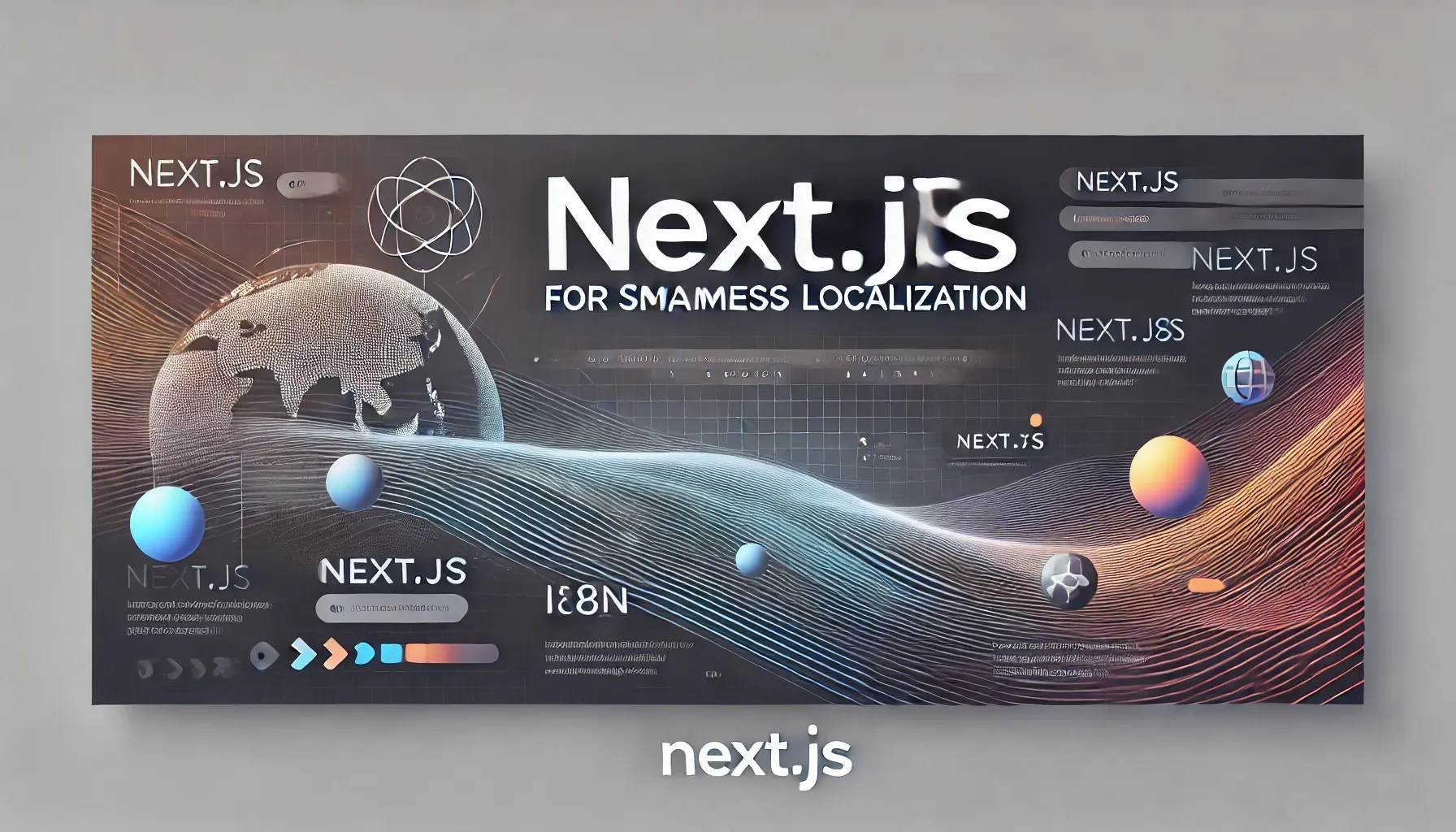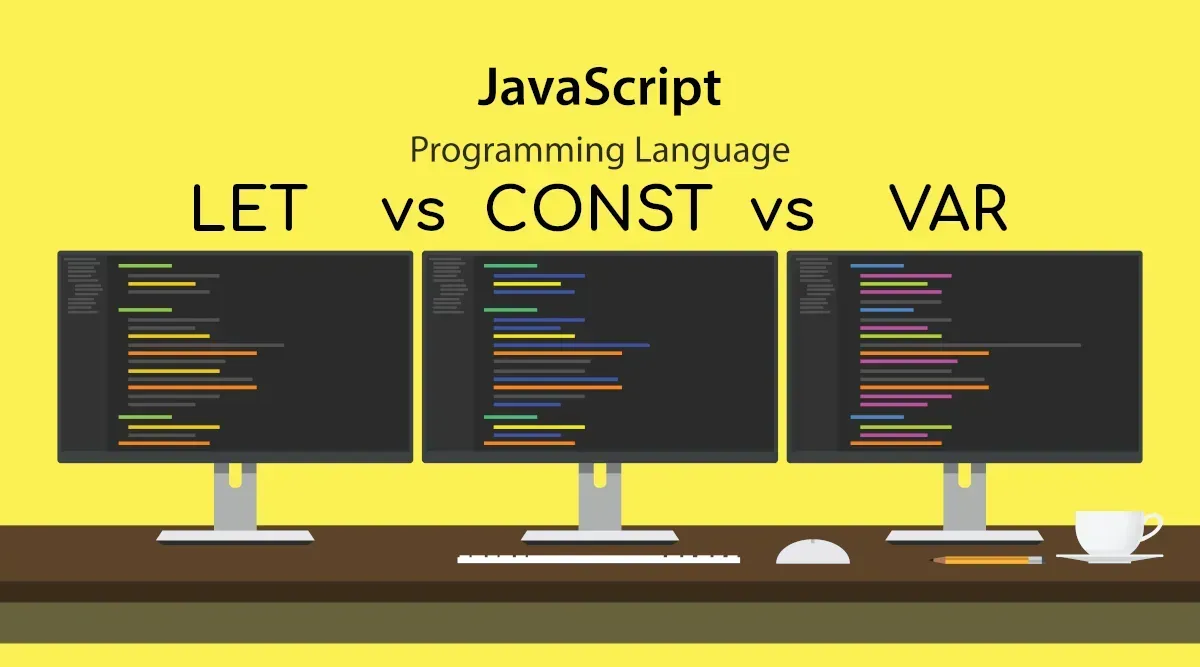
Saurav Thakur

Feb 10, 2025

(0) Comments

147 Views
Exploring iFrames: Advantages, Disadvantages, and Their Role in API Integration and Session Management
In today's web development landscape, iframes have become an indispensable tool for embedding external content into web pages. Whether you're integrating interactive maps, videos, social media feeds, or even entire applications, iframes offer a flexible way to incorporate diverse resources without reinventing the wheel. However, as with any technology, there are trade-offs. In this blog, we'll dive deep into the advantages and disadvantages of iframes, explore how they can be beneficial when working with APIs and managing sessions, and discuss an innovative API-level integration approach to address a critical security challenge. 🚀

Nirvik Shakya

Jan 31, 2025

(0) Comments

52 Views
CSR vs SSR
Hey there, future web developer! 👋 If you’re just starting your journey, you’ve likely stumbled upon terms like Client-Side Rendering (CSR) and Server-Side Rendering (SSR). They might sound a bit intimidating at first, but don’t worry—they’re simply two different approaches to building and displaying web pages. In this blog, we’ll break them down in plain, beginner-friendly terms, explain how they work, and help you decide which one to use for your projects. Let’s dive in!

Bhim Adhikari

Jan 06, 2025

(2) Comments

90 Views
The Global Role of QA Engineers
Automation testing is evolving rapidly🌐, connecting industries worldwide through the internet. QA Engineers play a pivotal role in ensuring quality✅, reliability, and seamless user experiences in software development. One of my key projects involved automating testing processes for an enterprise-level application🏢. Initially, this seemed challenging, but by leveraging various automation tools like Playwright, Selenium WebDriver, and Python alongside other programming languages💻, I successfully implemented a scalable and robust solution. These tools provided the flexibility needed to handle complex testing scenarios across different environments🌍.

Bikal Siwakoti

Dec 26, 2024

(0) Comments

135 Views
Building a Dynamic URL Fetching System Using Cron Jobs in Node.js
Cron jobs are a powerful way to execute scheduled tasks. In this blog, we'll build a Node.js application that dynamically fetches URLs based on configurations stored in a database. This system allows you to activate, deactivate, and update jobs on the fly without restarting your application.

Roshan Paudel

Nov 14, 2024

(0) Comments

97 Views
Best Practices for Multi-Language and Multi-Region Support
Expanding your digital presence globally requires a strategic approach to cater to diverse languages and regions effectively.

Dipu Chaurasiya

Oct 18, 2024

(0) Comments

279 Views
A Comprehensive Comparison - Redux vs Zustand in the React Ecosystem
State management is a key part of building complex React applications. Two popular options are Redux and Zustand. While Redux has been widely used for years, Zustand is gaining attention as a simpler alternative. In this comparison, we'll look at both to help you decide which one is right for your next project.

Saurav Thakur

Oct 07, 2024

(0) Comments

136 Views
PiQ Suite: Your Go-To News and Data Platform for Smarter Trading Decisions
PiQ Suite is a free, customizable news aggregation platform tailored for traders. It provides real-time data from over 100 premium sources, including Bloomberg and Reuters, to help traders make informed decisions. The platform features a customizable dashboard, social integration for community discussions, and real-time news alerts on multiple asset classes, including stocks, cryptocurrencies, and commodities. PiQ Suite is designed to be lightweight, fast, and mobile-optimized, offering premium data at no cost to both retail and professional traders.

Pradeep Lama

Oct 05, 2024

(0) Comments

104 Views
Understanding JavaScript’s Var, Let and Const Differences
Using the flexible and popular programming language
JavaScript, programmers may create dynamic and interactive
online apps. The ability to store and change data via variables
is one of the fundamental ideas in JavaScript. var, let, and
const are the three main ways to declare variables in
JavaScript. To produce clear and manageable code, it’s crucial
to be aware of how these keywords differ from one another.
Each of these keywords has a certain purpose and has a
distinct scope. We shall examine the differences between var,
let, and const in JavaScript with examples in this post.








